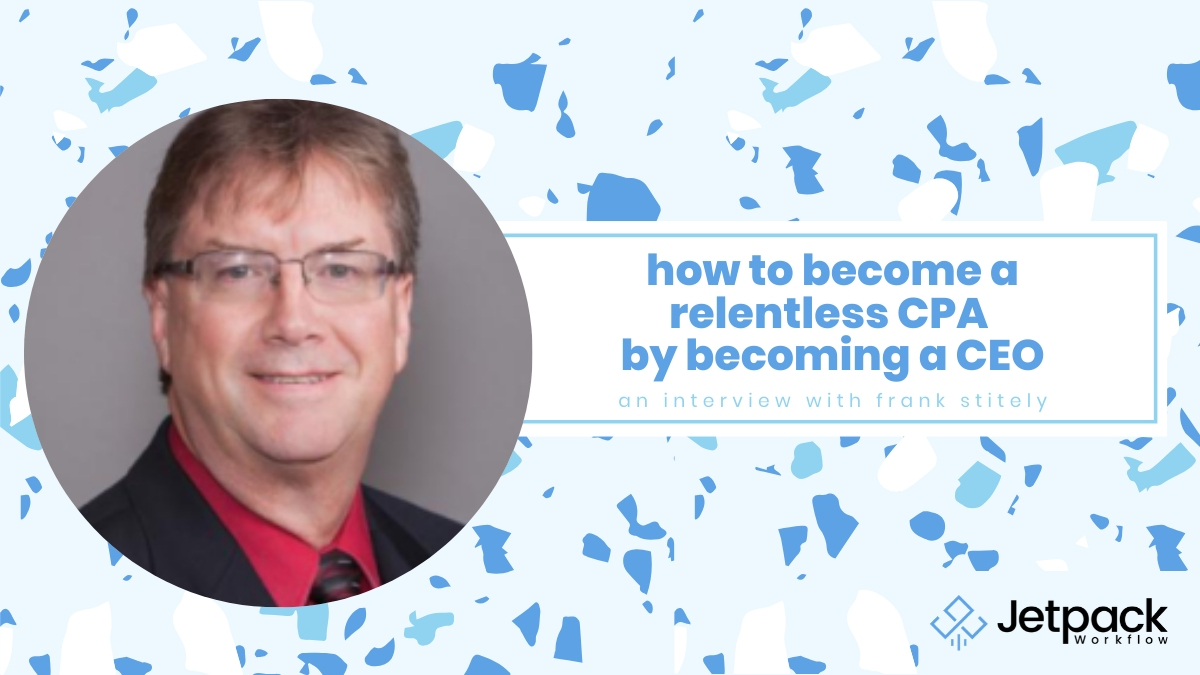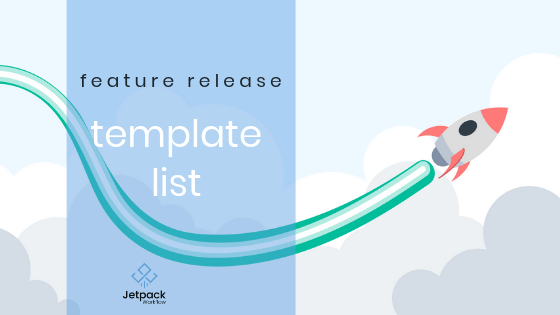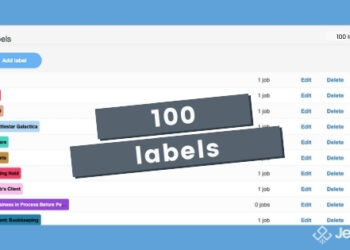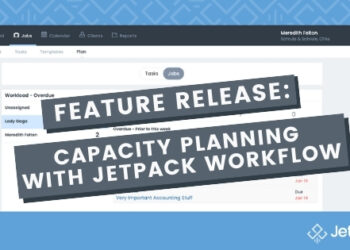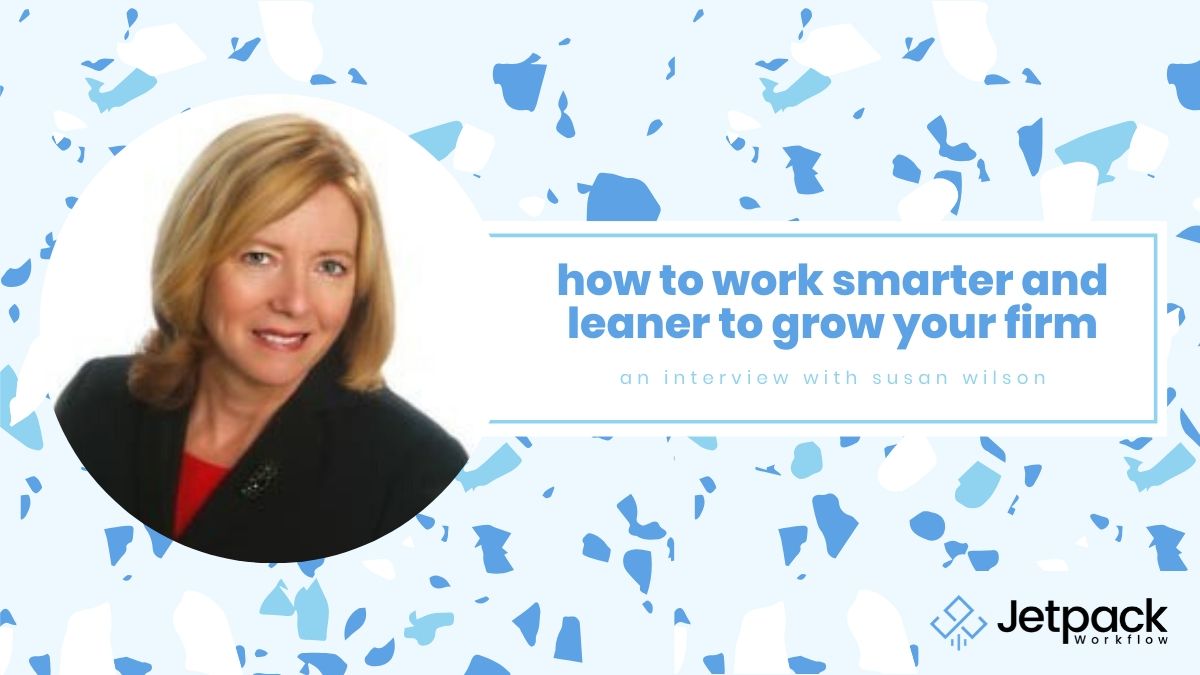The Core Process You Need To Accelerate Your Firm’s Growth
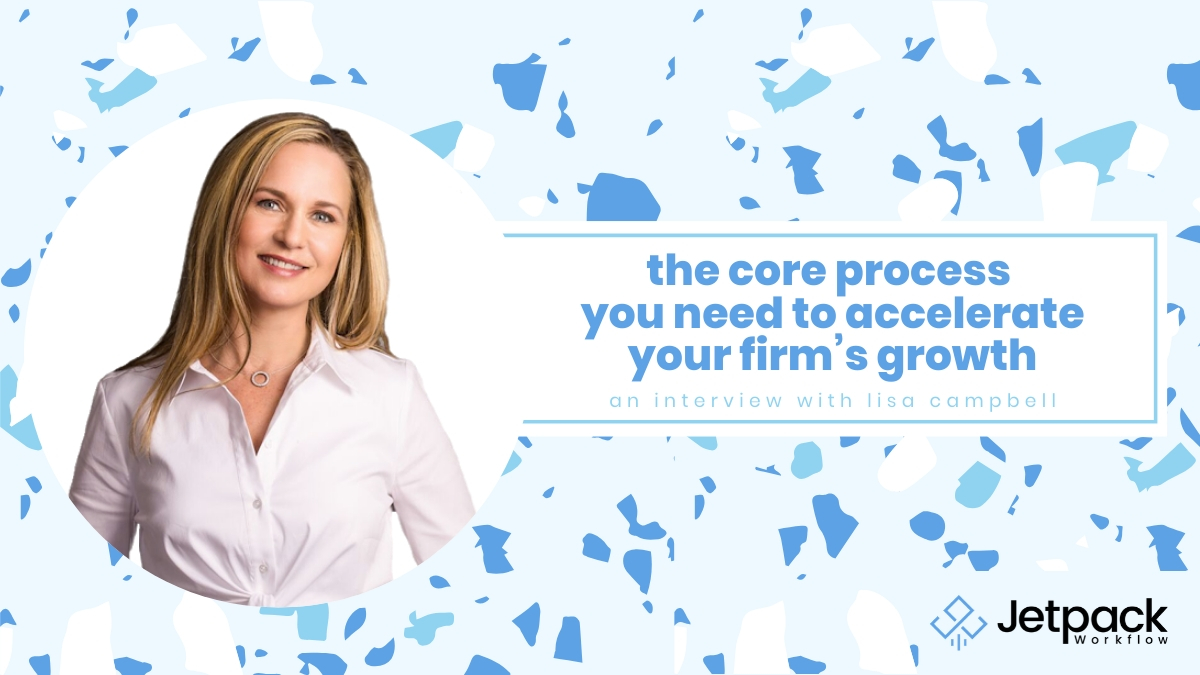
How to Systemically Accelerate Your Firm’s Growth
Welcome back to the Grow Your Firm podcast! This week’s guest is Lisa Campbell of the Marcam Group. Lisa transitioned her firm from basic bookkeeping to coaching and advisory in under seven years.
In our half-hour conversation, she revealed an underlying pattern we’ve noticed many of our guests have followed to achieve successful and scalable growth in their firms. We’re going to talk about the pattern in this post, or you can listen to the podcast yourself below. Take a look at the checklist and ask yourself if you’re doing things in the right order!
Summary
- How Lisa went from being an esthetician to leading an accounting firm.
- Why you must never hire before your workflows are solid, and why you can hire inexperienced workers if you have good workflows.
- How time blocking is your first step to freeing up your day so you can work on your business.
- And much more.
Resources
- Marcam Group website – http://marcam.ca/
- Lisa’s LinkedIn – https://ca.linkedin.com/in/lisa-campbell-cpb-cpfp-994038156
- Technician To Strategist FB group – https://www.facebook.com/groups/techniciantostrategist/
- Lisa’s Mastermind Program – 7stepstoscale.com
The Order Of The Steps Matter
Lisa’s journey in accounting started when she was an esthetician in the 90s. She didn’t want to hire a bookkeeper so she took classes to learn the process. Other people in her industry learned about this, so she started a side gig to better help her peers.
In 2012, she started to do compliance work full-time and hit many of the obstacles our previous guests have talked about. Too much work, too little time, and not enough income. Seven years later, she now runs a very successful and streamlined advisory business. How did she do it?
Well it wasn’t all magic and luck. Lisa followed a process that she learned through trial and error, through hard work and consistency. Now she teaches this process as part of her profit-first strategy and is a core feature in all her products. In fact, she won’t hire clients who do not agree to take the coaching. She teaches it to others in her course Seven Steps To Scale, linked in the resources section.
The Process
So what is this process that lets her work with companies who make millions of dollars in revenue? Here it is:
- Make a clone of yourself through documentation
- Make your first hires
- Train them on your workflows to the point where you can delegate without worry
- Differentiate yourself by using free time to learn new skills and sell them.
- Repeat as needed until you reach your goals
Step Zero: Is This For You?
A key sign that you’re ready to grow is when you see mistakes your clients are making and wish you could offer advice to them on fixing it. Maybe you already do this on the side but aren’t making money from it. If you like this side of helping your clients, that’s a strong sign you’re ready to dive into strategy.
However, some people are in love with the technical side of accounting and don’t want to move into advisory services. If that’s your love, great! But that passion needs to be recognized so that you don’t grow yourself into a position you don’t want to be in.
Step One: Make A Clone Of Yourself
If you are ready, the first step is to make a clone of yourself. That starts with documenting your workflows. Lisa is a user of Jetpack Workflow and says that her use of the product is what helped her untangle herself from the technical side of accounting.
By documenting your workflows, you make them repeatable. By putting them into a program like Jetpack Workflow, they become traceable and you can make dashboards. The program becomes the boss.
If you’re still doing the work yourself, this step will help you find inefficiencies you can close to improve speed. Once you have your workflows locked down, the program can ensure that your workers are doing the job right.
You must have this step done first before you even think about hiring! A common mistake Lisa sees is firms hiring people too soon. This creates more chaos unless you can train them to work as you do. Workflow documentation is a finish-to-start dependency for hiring.
A good first step she recommends is to use time blocking. Split your day into hour blocks where you focus on just one part of your business operations with at least one block per day on business development. Many of her clients find that when they focus on a single type of task per block that they have far more free time than they think.
Step Two: Make Your First (Right) Hires
By documenting her workflow on a deep level, Lisa made a surprising discovery. She was able to make great accounting hires even when they were new to the field – and they didn’t screw up! Her first staff member was a part-time worker and new to the field, but her workflow was so thorough that the hire quickly became independent.
She estimates that within three years she freed up enough time to move onto the next step. The worker handled the day-to-day operations and compliance work while she focused on higher-level tasks or compliance tasks that didn’t come around so often. It soon got to a point where Lisa found she had too much time on her hands and knew she had to do something with it.
Step Three: Differentiate Your Firm
Lisa knew that she wanted to move into advisory, so she made a conscious decision to not hire more people than necessary. There was a certain class of clients she wanted to help. Her firm’s ideal client is someone who:
- Wanted more than just compliance services.
- Was interested in Lisa’s profit-first coaching.
- Makes between $1-5 million in revenue.
But how did she decide on coaching as her differentiating service? Due to her experience in the field, she started to see what business owners were truly looking for in a financial advisor. They wanted help with cashflow, projections, and anything else that could tell them how to improve their financial footing.
Lisa would not have had the time to do this had she not completed the previous steps. There was not enough free time in the day to do the deep thinking, research, and skill development necessary to figure out what to offer and confidently do so.
In the podcast, Lisa goes into more detail on the time blocking strategy, why avoiding distraction is so important, and how she gets her clients to accept her onboarding process. Listen to the full podcast for all the details.
RELATED ARTICLES:
1. How to Build and Automate Your Client Onboarding Process
2. The Ultimate Blueprint To Drive $100M In Non-Traditional Revenue & Services
3. The Accounting Firm’s Blueprint to Creating A World-Class Team (Without Recruiting)





